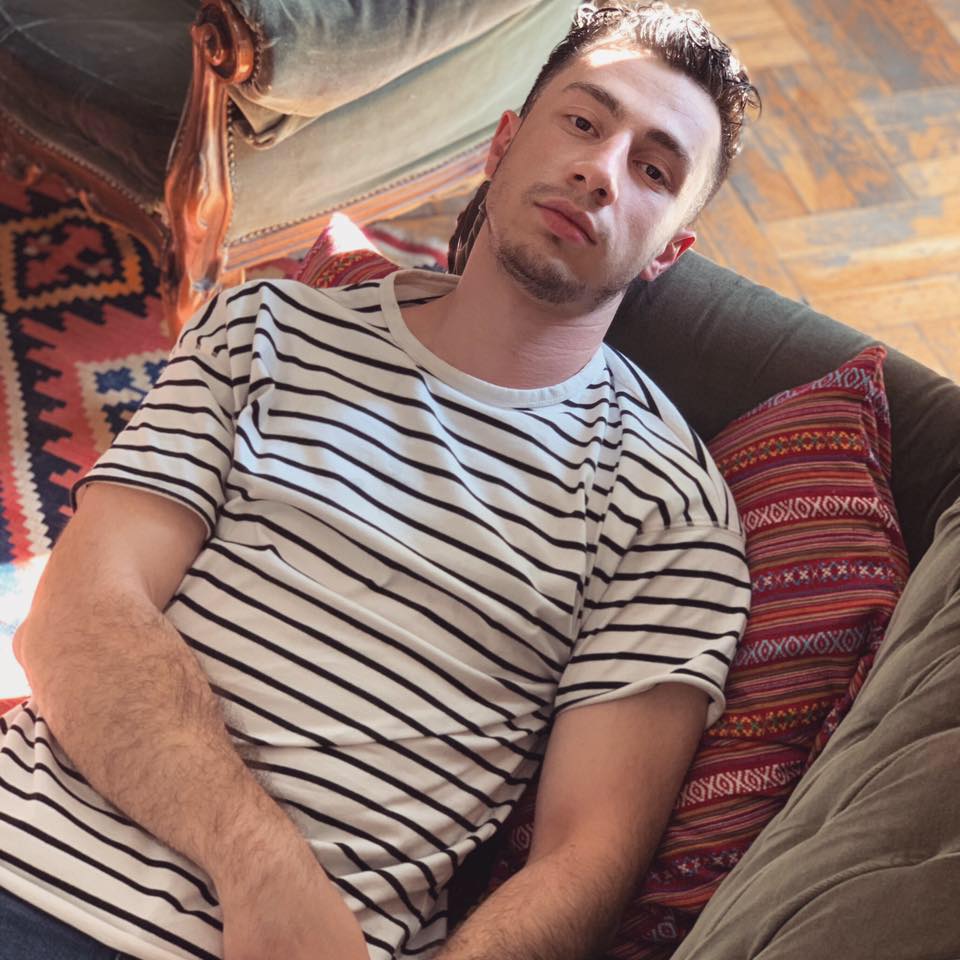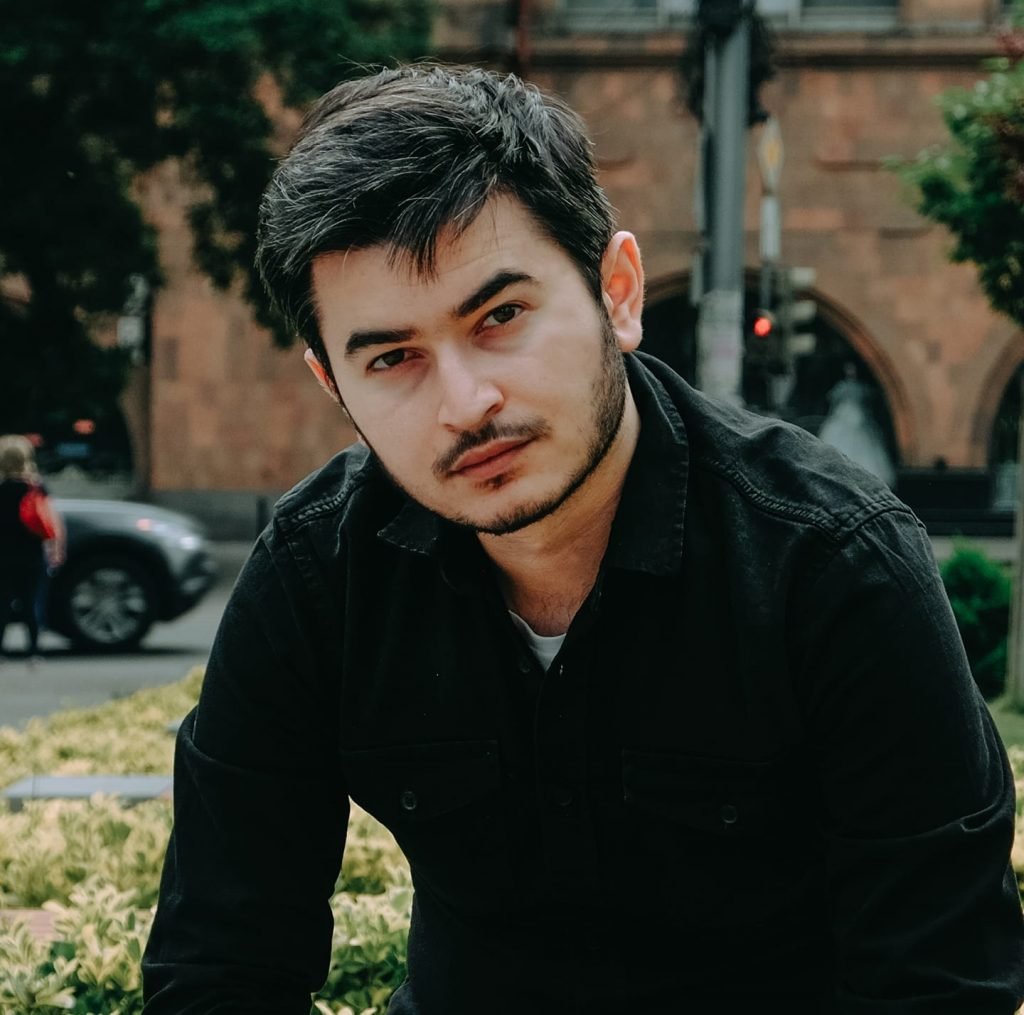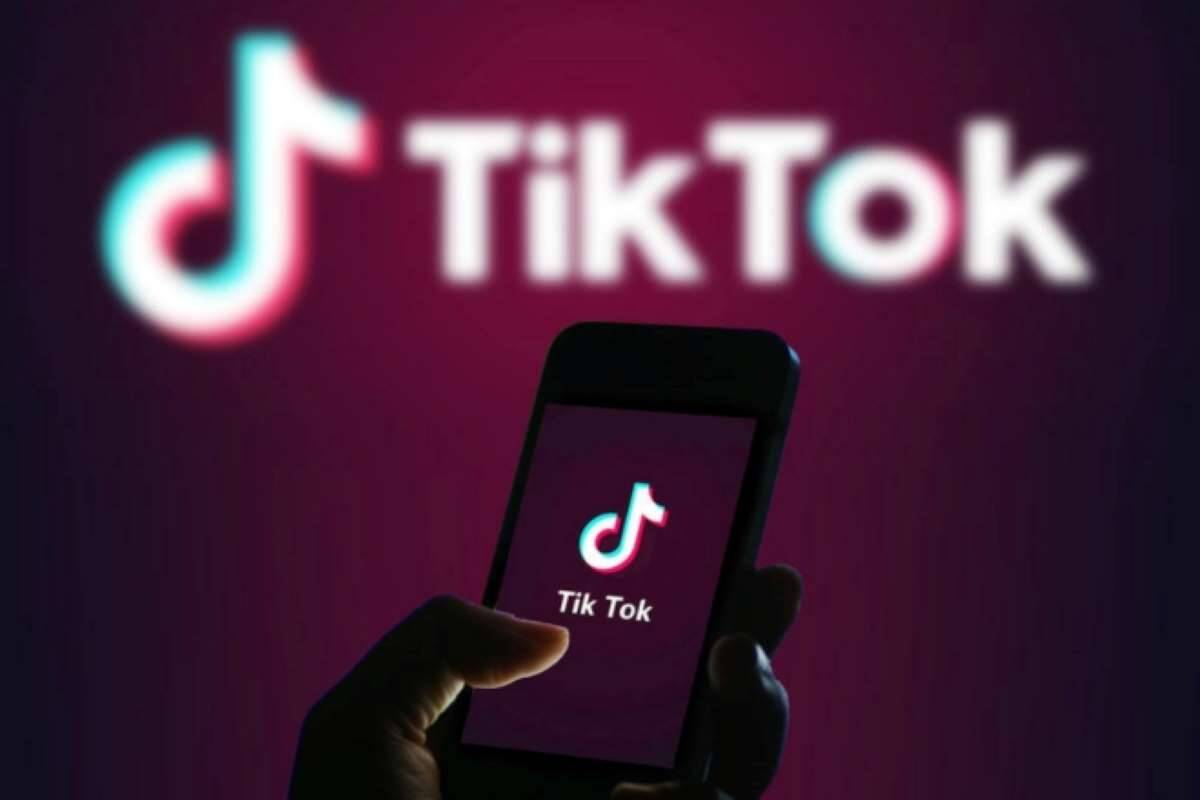The Armenian-Azerbaijani war is an example of an indescribably rapid mobilization on all public platforms, from the state system to the smallest individual initiative.
Social media is also a weapon that unites people in confrontations and wars. The mass influx of Armenian users to Twitter is already a fact, many of them almost conscientiously work as propagandists of Armenia’s point of view. There is also a war against the misinformation of the enemy and the propaganda of various false accounts and hatred.
But the fact that TikTok is rapidly politicized in Armenia, a network from which no one expected serious content and struggle, seems surprising.
This Chinese platform loves fun short videos, weird humor, memes, and all sorts of subcultures.
And no matter how much we think TikTok is just a platform for teens, and for marginalized, light-hearted video content, there’s still a lot of potential here. Even if only for the reason that this is a mirror that shows the preferences of a hot-blooded, self-affirmation seeking young people, who by and large have no higher education, even the preferences of a child.
Be simple and fun to have an audience. It is with this principle that people dance, lip-sync, intimidate, and tell stories about what is important to them in a unique language and style (to be honest, sometimes really terrifying).
Everything is exaggerated here.
On the very first day of the war, the RA Ministry of Education, Science, Culture and Sports issued a statement asking parents to keep their children away from social networks during the war, taking into account the rules of information security.
The Human Rights Defender of the Republic of Armenia asked to be careful and to rule out the use of TikTok, especially during these tense days.
The head of the “Information Center” under the Prime Minister urged the youth to include TikTok in the information war and become active in that network.
There is almost no political content here, but media expert Samvel Martirosyan does not advise to underestimate TikTok, which is full of absurd videos, but in any case, it is slowly becoming more politicized.
“TikTok was a problematic social network from the very beginning. And if you do not put some content in yourself, others will do it. And that is not good. Of course, it is difficult to calculate the effectiveness of TikTok in information warfare, because there are first or second graders and everything is unpredictable.”

Video blogger Agnes Kheranyan talks about unpredictability. And the desire to use TikTok more wisely, which during the war was filled with Azerbaijani propaganda on the one hand, and the emotional and dangerous content of Armenian Tiktokers on the other.
The danger and prospects of TikTok today
“The war was an opportunity for many to take advantage of and post videos that were dangerous to spread during the war. There was a need to generate more verified and accurate information. Now when an Armenian TikToker posts a video, Azerbaijanis are flocking to comment. And the more they write, the more active they are under our videos, the more they spread. And the same thing works in vice versa,” said Agnes.
Samvel Martirosyan considers the attempt to activate (and filter) TikTok to be important, because “the Azerbaijanis seem to be filling up and working the algorithm in such a way that we are the ones who mainly see it. For example, corpses, blood …”
“Many of our TikTokers have already posted videos showing the movement of our reserve troops and military equipment. And Azerbaijan received a lot of information that way. To stop this, the government tried to direct the energy of the Armenian TikTokers in, so to speak, a peaceful direction. “I do not know how effective further cooperation will be, but at this point, we need to stop the spread of uncontrollable and dangerous content,” he said.
The Armenian House group is currently active in the Armenian section of TikTok, where mainly teenagers are gathered. During the days of the 2020 Armenian-Azerbaijani war, a special group was set up to try to translate and disseminate Armenia’s official position, dry information in an attractive and accessible language. There was also a demand for English language content.
The result was that, for example, a video of young TikToker Lilit Broyan about the war between Armenia and Azerbaijan was shared by internet star Kim Kardashian, using what she had to say and a similar format. Naturally, she increased the views a hundredfold.
Many views
At TikTok, videos get a large number of views thanks to the network algorithm.
“TikTok works with artificial intelligence, without much difference whether it is a war or not. It only understands that there is some connection between Armenia and Azerbaijan and starts showing our videos to the Azerbaijanis and theirs to us. And that’s how a sticky situation is created, “says Agnes.
Of course, there are more fun and silly short videos that you can only watch with your brain turned off than, say, content with elements of an underground subculture or hints of piercing questions. But Agnes is confident.
“As entertaining as TikTok’s videos are, trends still appear in the feed, in which people share painful, cruel things that happen to them, talking about the social and political issues of their city and country. So it’s not just fun here.”

Video blogger Hayk Mkrtchyan, who creates the most sharp social and political content among young bloggers, says:
“Actually, I like TikTok very much. It is simply not clear what mechanisms should be used to counter aggressive propaganda. TikTok is not a platform to influence international perception. There, if teenagers watch aggressive videos and start showing their patriotism in equally aggressive comments, then they will see more of the same content and contribute more to its dissemination. “If you saw blood or a corpse, then you will see more of it.”
For Hayk, when it comes to the information struggle, it’s important not to rely on emotional scenes.
“I do not believe that we can get adequate content by fighting aggression with aggression. On the other hand, the generation that wants to understand the situation correctly and realize its role does not need a great deal of hostility. In any case, injecting hostility is the opposite of smart content.”
In general, the question always arises: what to do to make a presence on social networks not only in the form of likes and views, but actually useful.
We can remember how TikTok influenced Donald Trump’s speech when the teenagers massively ordered tickets to listen to the president but did not come, and as a result, the stadium was empty and the teenagers, satisfied.
Hayk thinks it is important to involve as many people as possible in various social media campaigns so that there are less of those who have a neutral position. That’s what the information struggle is about.
“I am in favor of video, but I see that now the main information struggle is in Twitter, in words. I want our rhetoric to be different from that of the Azerbaijanis. Personally, I would try to use international influencers more, not of our local influential TikTokers or YouTubers, who would tell us about what was happening. After all, people want to hear from influencers.”

Video blogger Ruben Yesayan, for example, wrote letters to several Armenian celebrities who responded to Artsakh with their stories. And in his Instagrad group created on Facebook, people send letters to Armenian or pro-Armenian celebrities, influencers who are engaged in humanitarian affairs.
“Our goal is to reach young people of different nationalities through social media influencers, because young people often do not follow the media, but the words of their favorite influencers are important to them,” he said.
Ruben says that during that time, they discovered, for example, American-Armenian DJ, French-Armenian rapper, YouTubers, who have several million followers and became active as a result of our letter-attacks, spreading stories and materials.
“Now we are targeting Leonardo DiCaprio, as we know that he donated to the Children of Armenia Fund a few years ago and is actively involved in humanitarian activities.”
How vital are young people’s posts on social networks during information warfare? Media expert Samvel Martirosyan says:
“The problem is that teenagers have been online for a long time and in TikTok. It is always important to know and understand them.”
If the logic of YouTube, Facebook, or other social networks is understandable, then TikTok is a completely different world.
TikTok is full of videos that are not only superficial but superficial to the extent that they are even wonderful. It is, in fact, a phenomenal simplicity of abstract existence.
And that is reality.
Nune Hakhverdyan







